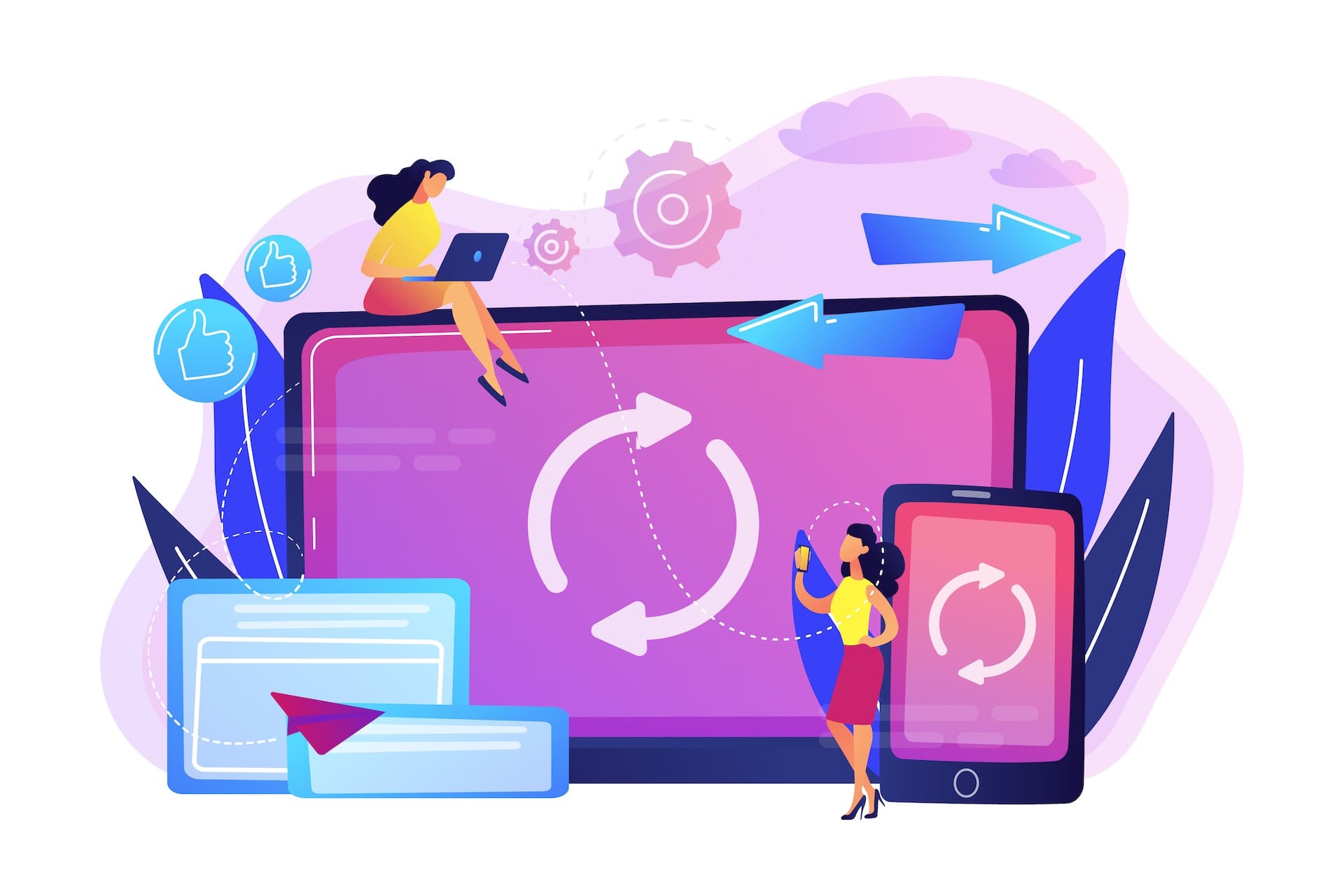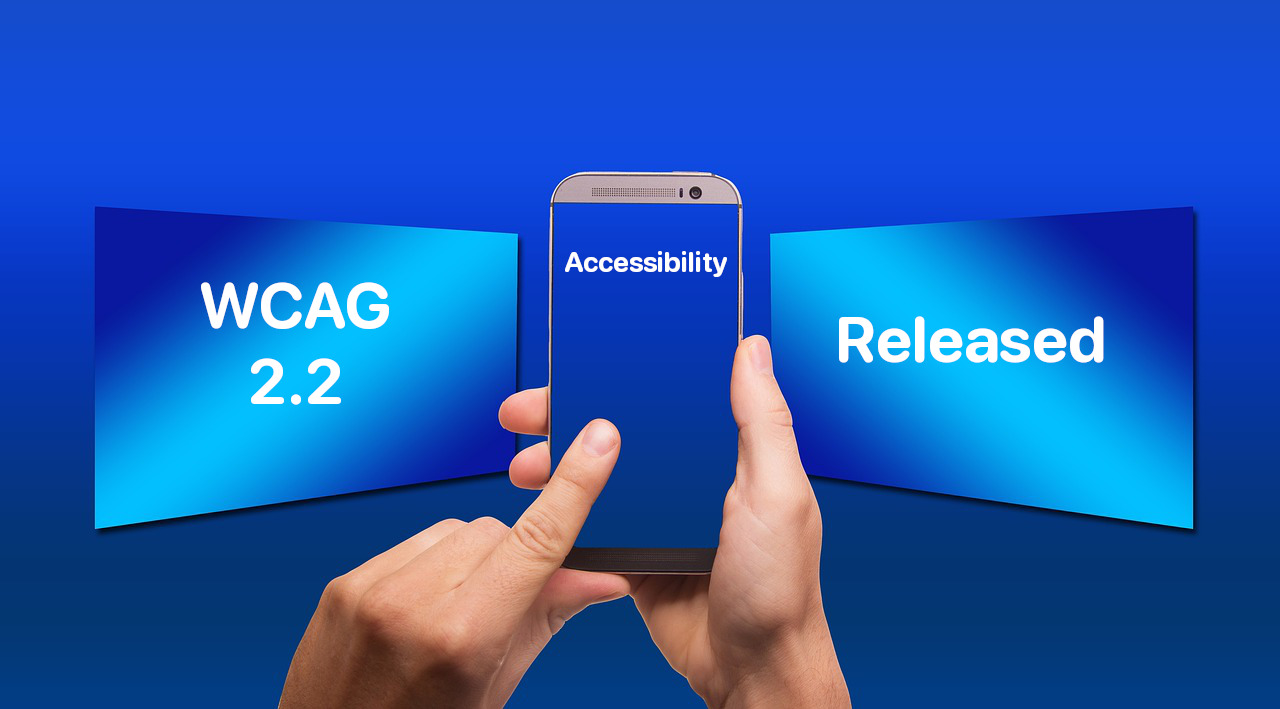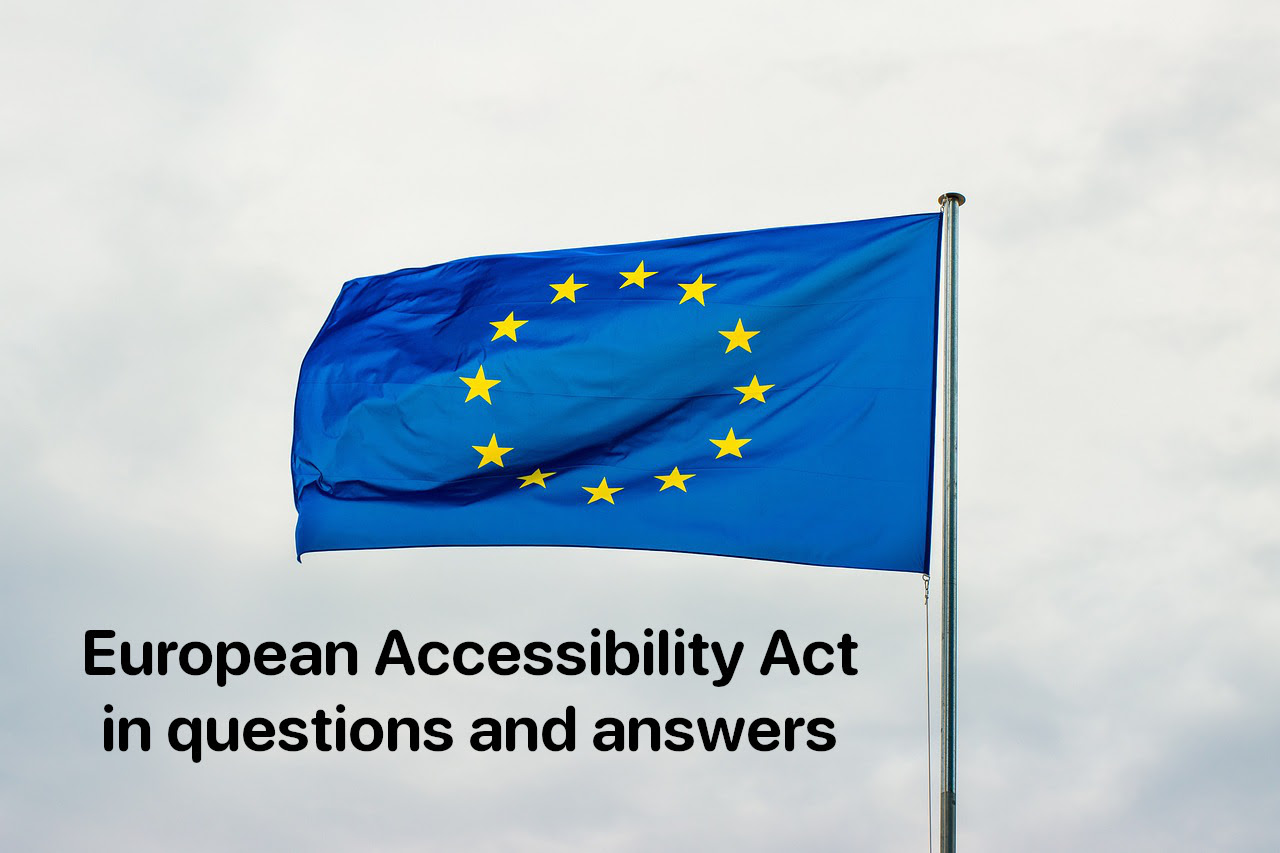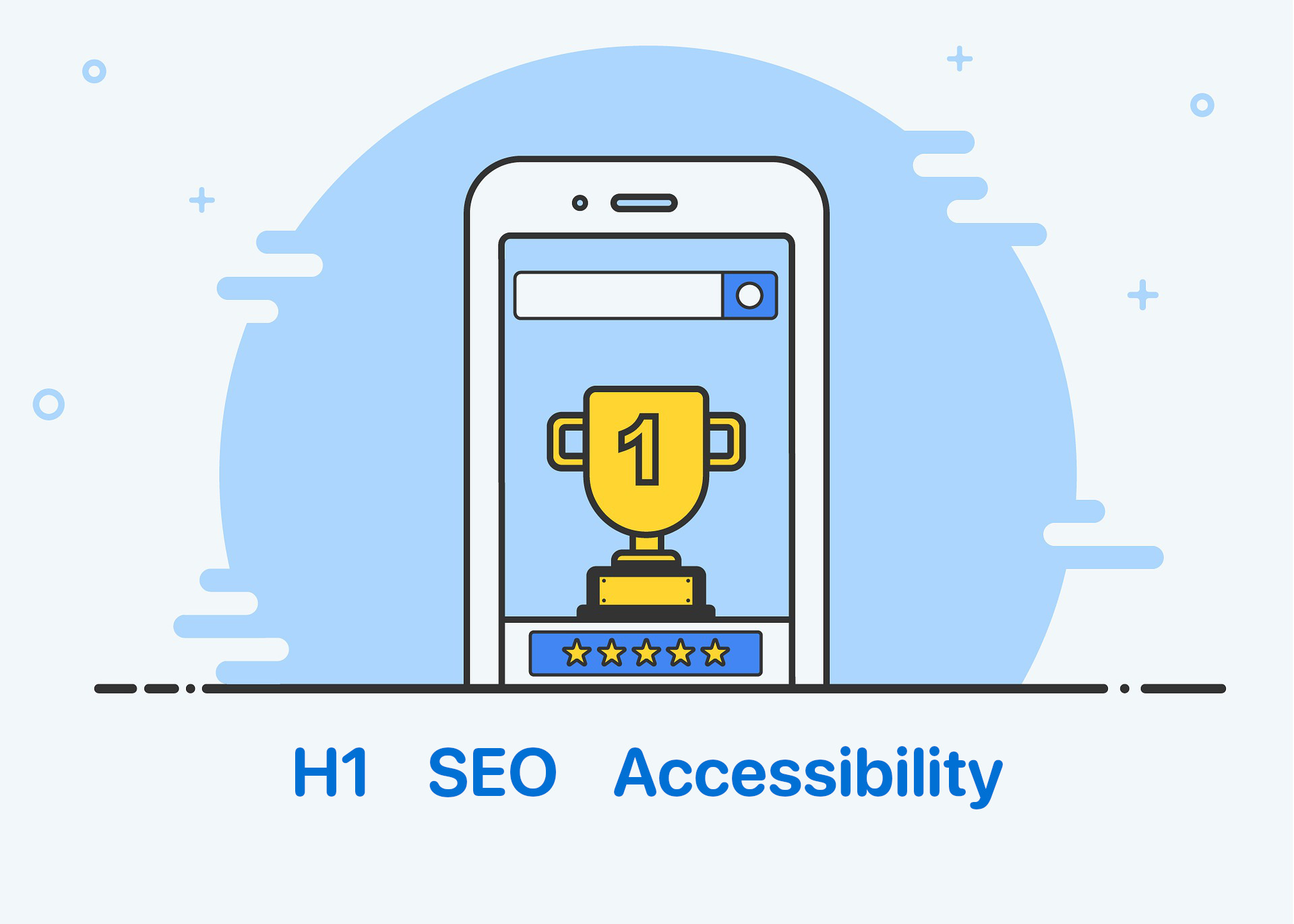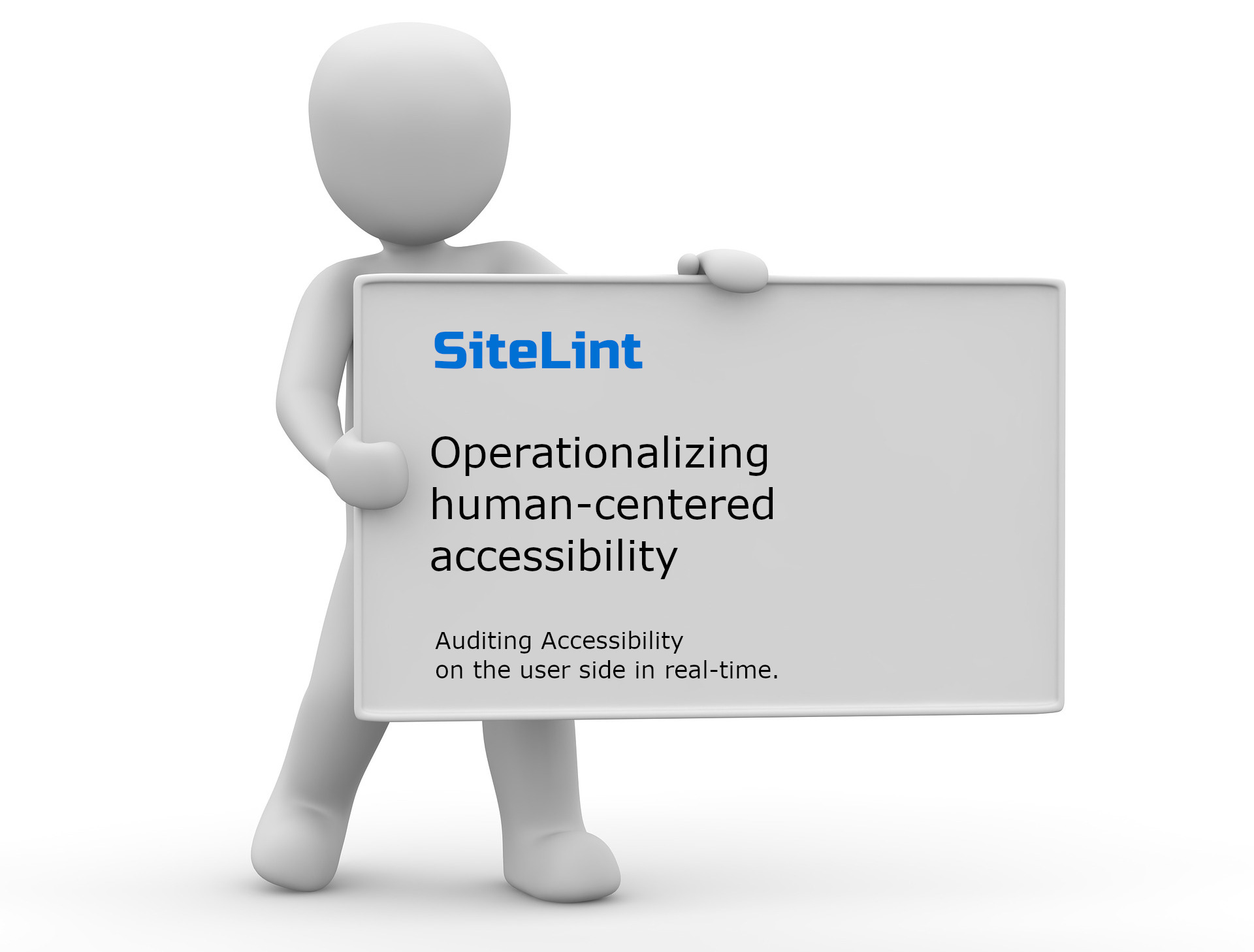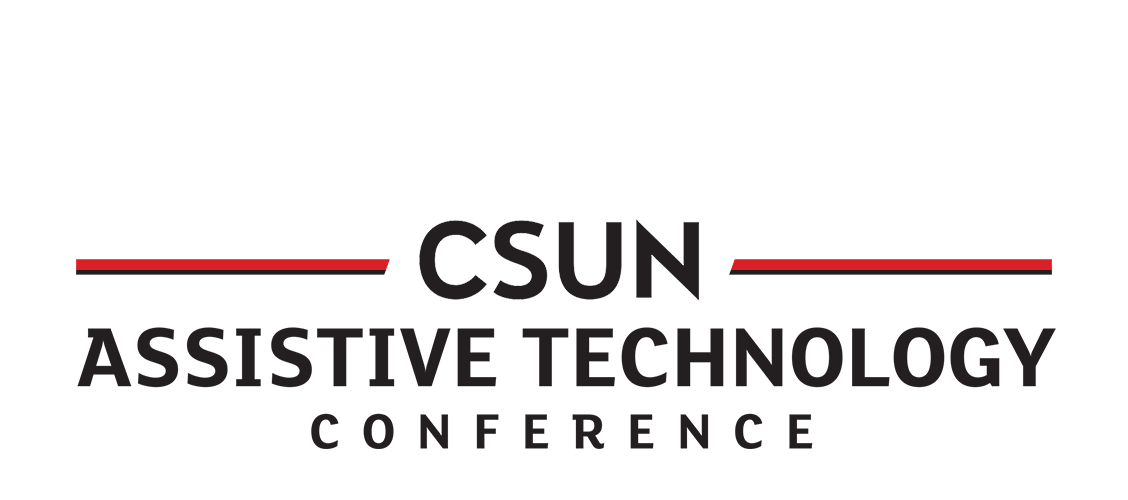Accessible hiding allows an element to be visually hidden while remaining accessible to assistive technologies such as screen readers. The approach is to apply a CSS class to the element that should not be shown.
There are several solutions for this type of CSS class, but we recommend following styles that cover hiding elements and optionally giving the ability to show the element when the element receives the focus or contains an element that has received focus. Useful for Skip to the main content
links. See Adding a link at the top of each page that goes directly to the main content area
.

